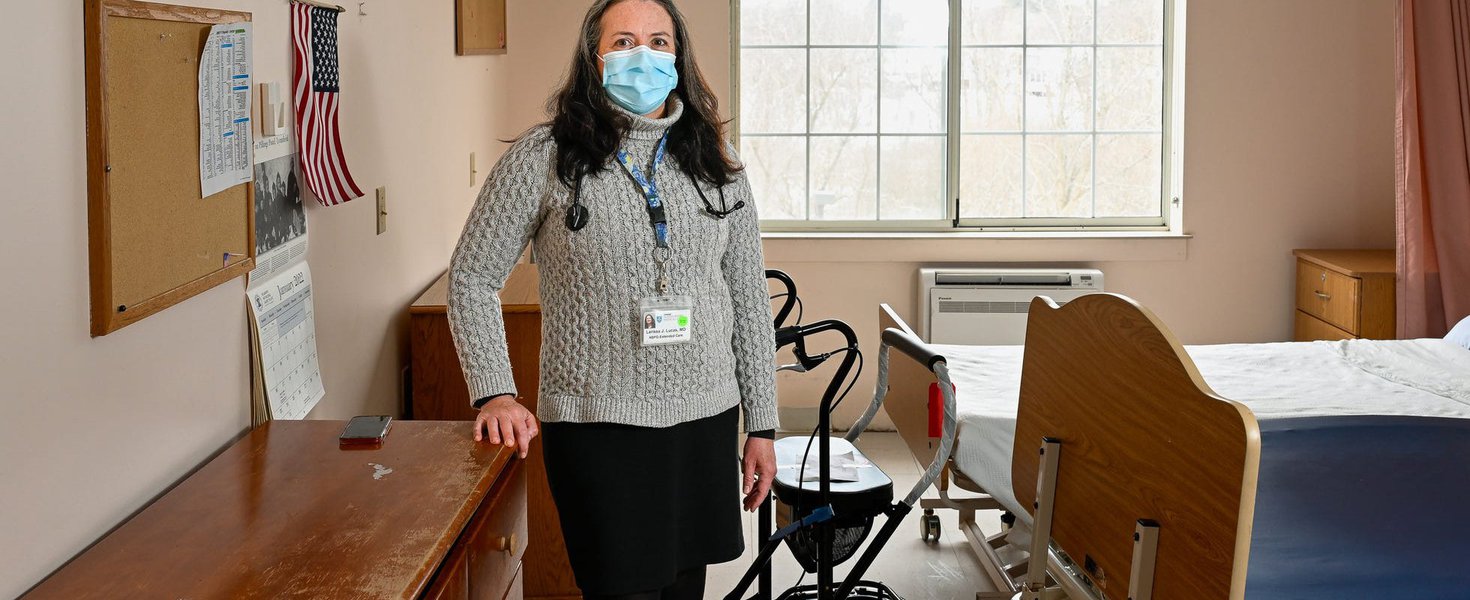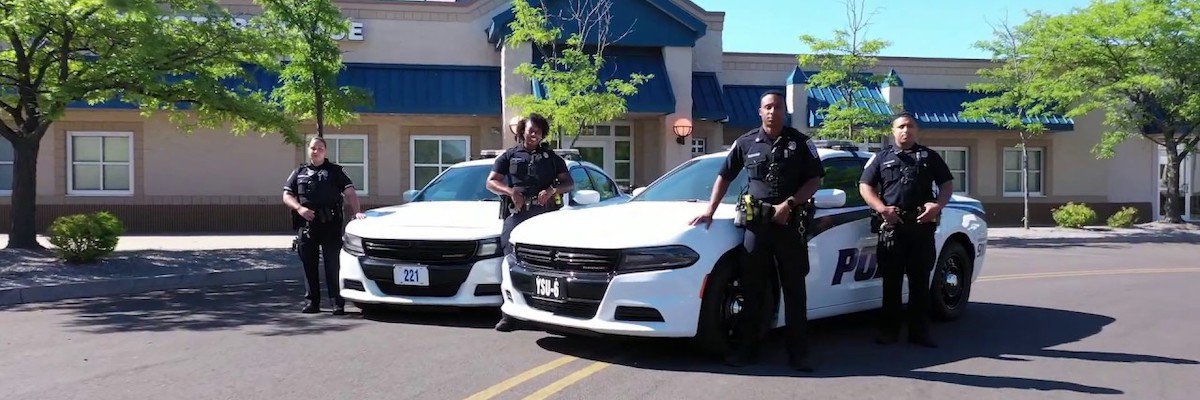One of the greatest challenges we face in our effort to tally untested rape kits across the country is the discrepancies in the data collected and maintained. State governments don’t always keep track of sexual assault kits collected and tested within their borders, and the policies of their local law enforcement agencies vary widely. The Reading, Massachusetts police department doesn’t retain any information on the rape kits that have crossed their jurisdiction. Half an hour south, the Boston Police Department tracks how many of the city’s kits were sent to a state crime laboratory, but still leaves us wondering how many are awaiting forensic testing and how many were never submitted at all. And, while there are cities that do categorize and tally the amount of rape kits collected, tested, untested, and not submitted, it’s difficult to compare their numbers because they don’t always begin tracking this information at the same time.
Such is the case with the Columbus, Ohio Police Department, which until March 2017 used to categorize sexual assault evidence kits as “other,” lumping crucial DNA evidence into the same category as shopping carts.

Although complying with the state law mandating all collected kits must be submitted to a crime lab within 30 days, not maintaining all of the data, and actually discarding evidence after a certain time period, allows for little scrutiny into a city whose rates of rape are higher than both similarly-populated cities and the United States as a whole.

In Columbus, the rate of rape per 1,000 residents is 1.02. For comparison, the rates in similarly populated Indianapolis, Indiana and San Francisco, California are 0.81 and 0.40, respectively. The United States in total has a rate of 0.40.
Ideally, Columbus would have always tracked their evidence in a way similar to another Ohio jurisdiction: When the same request was filed with Hamilton County, Ohio, we were given an evidence inventory list that clearly tagged items as rape kits. While data from this county is important, it seems irresponsible that the state’s capital - and a city with a high crime rate - didn’t always follow suit.
Image by Paul L. Dineen via Flickr and is licensed under CC-BY 2.0




